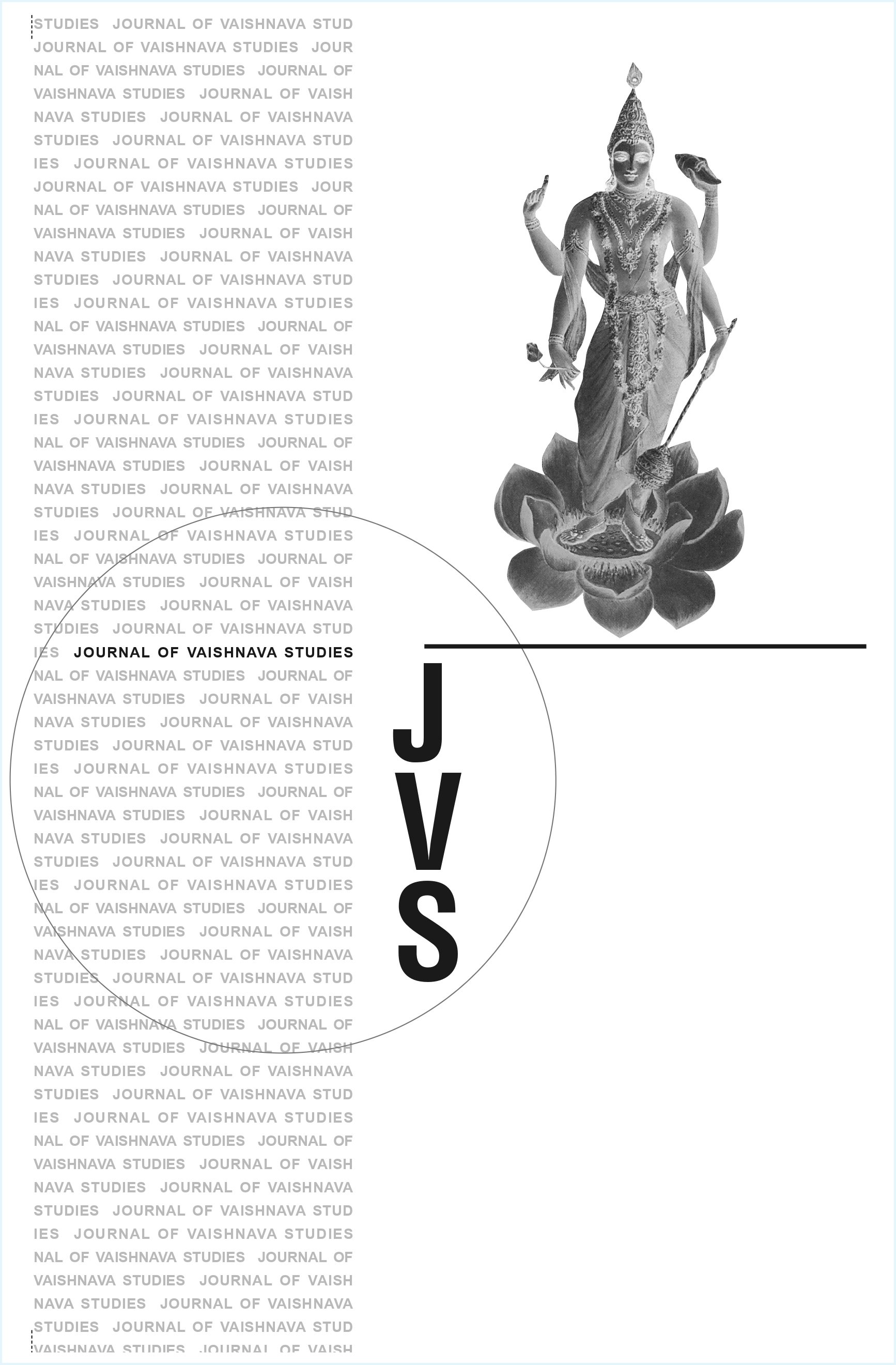Bhakti Versus Riti?
The Satsai of Biharilal
Keywords:
Biharilal, Satsai, Bhakti, Rīti, Braj poetry, Rupert Snell, Krishna, Devotional poetry, Vaishnava traditions, Poetic imagery, Wordplay, Krishna-lila, Dhuani, Sacred and profane, Poetic ambiguity, Alliteration, Rasik poetry, Sectarian synthesis, Divine love, Braj cultureAbstract
This paper explores Rupert Snell’s nuanced analysis of the 17th-century Braj poet Biharilal and his celebrated work Satsai. Snell questions the traditional literary classification that associates Biharilal solely with the Rīti (mannerist) school of Hindi poetry, arguing instead for a re-evaluation that recognizes the devotional (Bhakti) undercurrents in his verse. Composed in the Vaishnava heartland, the Satsai integrates the aesthetic refinement of Rīti poetry with a subtle yet resonant devotional voice that centers Krishna as both lover and divine. Snell examines how Biharilal's couplets employ rhetorical strategies such as wordplay, alliteration, and layered meanings to merge sensual and spiritual themes. The poet’s imaginative use of conventional imagery—such as Krishna's names, lilas, and symbolic color terms—infuses new vitality into Vaishnava poetics. Biharilal’s intimate and often playful tone conveys personal faith, moving beyond detached artistry to expressions of genuine bhakti. Ultimately, Snell argues that the dichotomy between Bhakti and Rīti collapses in Biharilal’s poetry, where devotional resonance (dhuani) pervades every verse, affirming his place as a poet of both refined technique and profound spiritual depth.Published
1994-10-20
Issue
Section
Articles





